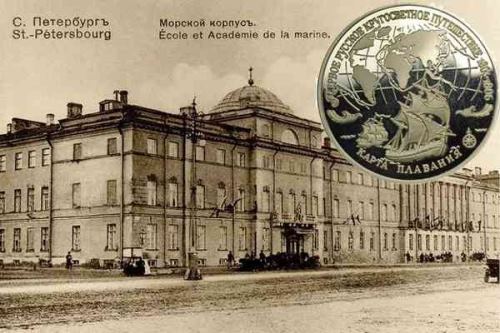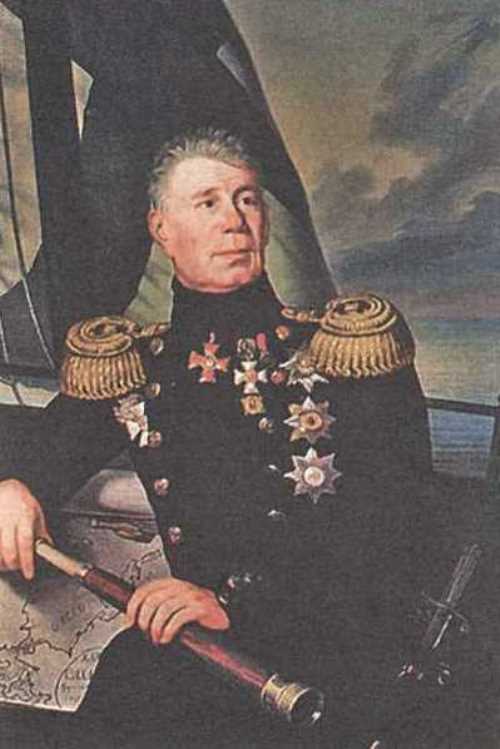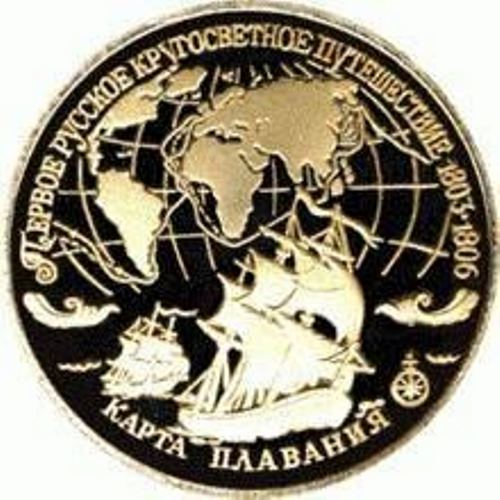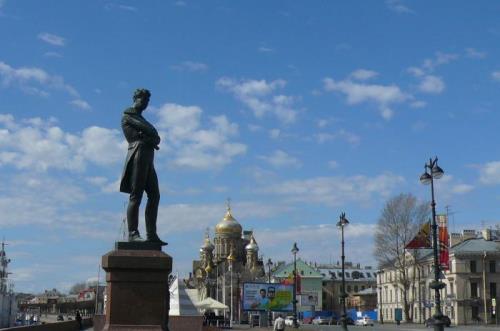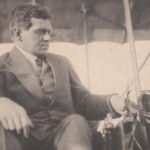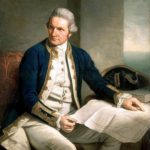Adam Johann von Krusenstern – Ivan Fyodorovich Kruzenshtern
Ivan Fedorovich Kruzenshtern is a famous Russian navigator, admiral. He became the leader of the first Russian round-the-world expedition. For the first time he mapped most of the coast of Sakhalin Island, became one of the founders of the Russian Geographical Society. Today, the strait in the northern part of the Kuril Islands, the passage between Tsushima Island and the islands of Iki and Okinoshima in the Korean Strait, a mountain on Novaya Zemlya, islands in the Bering Strait and the Tuamotu archipelago are named in his honor.
Without a doubt, Ivan Fedorovich was a unique historical figure, one of the founders of Russian oceanology. He had a significant impact on the history of Russian naval expeditions, and in general on navigation. His brief biography is found in all textbooks today.
Adam Johann von Krusenstern was born on November 19, 1770. He is a descendant of the Russified noble family of the Krusenstern, the son of Judge Johann Friedrich von Krusenstern (1724-1791) and Christina Frederica (1730-1804). Adam was the seventh child in the family. At the age of 15 he continued his studies at the Naval Cadet Corps in Kronstadt. In 1787, he was promoted to midshipman. It should be noted that since childhood, the future navigator and admiral dreamed of circumnavigating the entire globe. This is the rare case when a childhood dream really came true.
In 1788, in connection with the outbreak of war with Sweden, he was prematurely released from the Naval Cadet Corps and promoted to warrant officer. On July 6, 1788 in the Gulf of Finland Russian and Swedish squadrons met. The Russian squadron lost in this battle more than 300 people killed and more than 600 wounded. The losses of both sides were roughly comparable. The Swedish fleet was forced to retreat and take refuge in the fortress of Sveaborg.
In 1790, Ivan Kruzenshtern participated in naval battles at Revel, Krasnaya Gorka, as well as Vyborg Bay. After these battles, he was promoted to lieutenant at the age of 19.
In 1793, Ivan among 12 Russian excellent officers, was sent to England to improve naval skills. At that time, England firmly held the title of the greatest naval power. With the British, Kruzenshtern went to the shores of North America, where he participated in battles with the French. During this trip he visited Barbados, Bermuda and Suriname. To explore East Indian waters and open trade routes to the East Indies for Russia, Kruzenshtern visited the Bay of Bengal.
Ivan Fedorovich was interested in Russian fur trade with neighboring China, which was conducted from Okhotsk by land route to Kyakhta. And he decided that the sea route would be much more profitable. In 1799, in St. Petersburg, Ivan presented his vision, but his project was rejected. At the same time, in 1802, the headquarters of the Russian-American company came with a similar proposal. Russian Emperor Alexander I approved the offer. The first Russian round-the-world expedition was equipped.
In total, the first Russian round-the-world expedition, which forever went down in the history of the country, included two ships: Nadezhda and Neva. Kruzenshtern commanded Nadezhda and another famous Russian sailor, captain-lieutenant Lisyansky commanded Neva. Circumnavigation began on August 7, 1803 with the departure of ships from Kronstadt. Their path ran through the Atlantic. On March 3, 1804, they circled Cape Horn. The participants of this expedition paid special attention to Sakhalin, Kamchatka and the Kuril Islands. The round-the-world voyage ended on August 19, 1806 in Kronstadt.
During the expedition, Kruzenshtern corrected geographic maps, mapped the west coast of Japan, the east coast and southern part of Sakhalin and explored part of the Kuril Islands.
Ivan Fedorovich not only discovered and mapped many islands, described part of the northwestern coast of the Pacific Ocean and composed its first atlas, but also became one of the founders of oceanological research. The expedition gathered rich ethnographic, botanical, zoological collections, and also conducted a large number of astronomical observations. For his time, the atlas of the Pacific compiled by him was magnificent, it was full of plans, maps and drawings.
In 1811, Ivan Kruzenshtern was appointed class inspector of the Naval Cadet Corps. Later, in 1814, he developed detailed instructions for conducting a round-the-world expedition of 1815-1818 under the leadership of Otto von Kotzebue, one of the junior officers of the first Russian circumnavigation. Kruzenshtern also visited England to order the necessary tools for the expedition. Returning to Russia, he created the Atlas of the South Sea. His work, which was published in Russian and German, was soon translated into French, and then into all European languages without exception. This work was awarded the Demidov Prize.
In 1813 he was elected a member of many scientific societies and academies around the world, including in England, Germany, Denmark and France.
Ivan Fedorovich was appointed director of the Naval Cadet Corps and became a member of the Admiralty Council in 1827. Sixteen years later, in 1842, Kruzenshtern resigned as admiral. In 1845, together with such Russian scientists as: F.P. Wrangel, F.P. Litke and K.M. Baer Kruzenshtern took a direct part in the creation of the Russian Geographical Society. After some time, this society became one of the largest centers of geographical sciences, not only in the Russian Empire, but also throughout the world.
Ivan Fedorovich passed away on August 24, 1846 in his estate at the age of 75. The navigator was buried in Revel in the Vyshgorod (Dome) Church. His son, Pavel Ivanovich, and then his grandson, Pavel Pavlovich, followed in his footsteps. Both of them became famous travelers.
Named after him:
The Russian training tall ship Kruzenshtern.
Russian icebreaker Ivan Kruzenshtern.
The crater Krusenstern on the Moon.
There is Krusenstern Island in the Bering Strait.
Krusenstern Strait.
A small group of islands in the Kara Sea.

